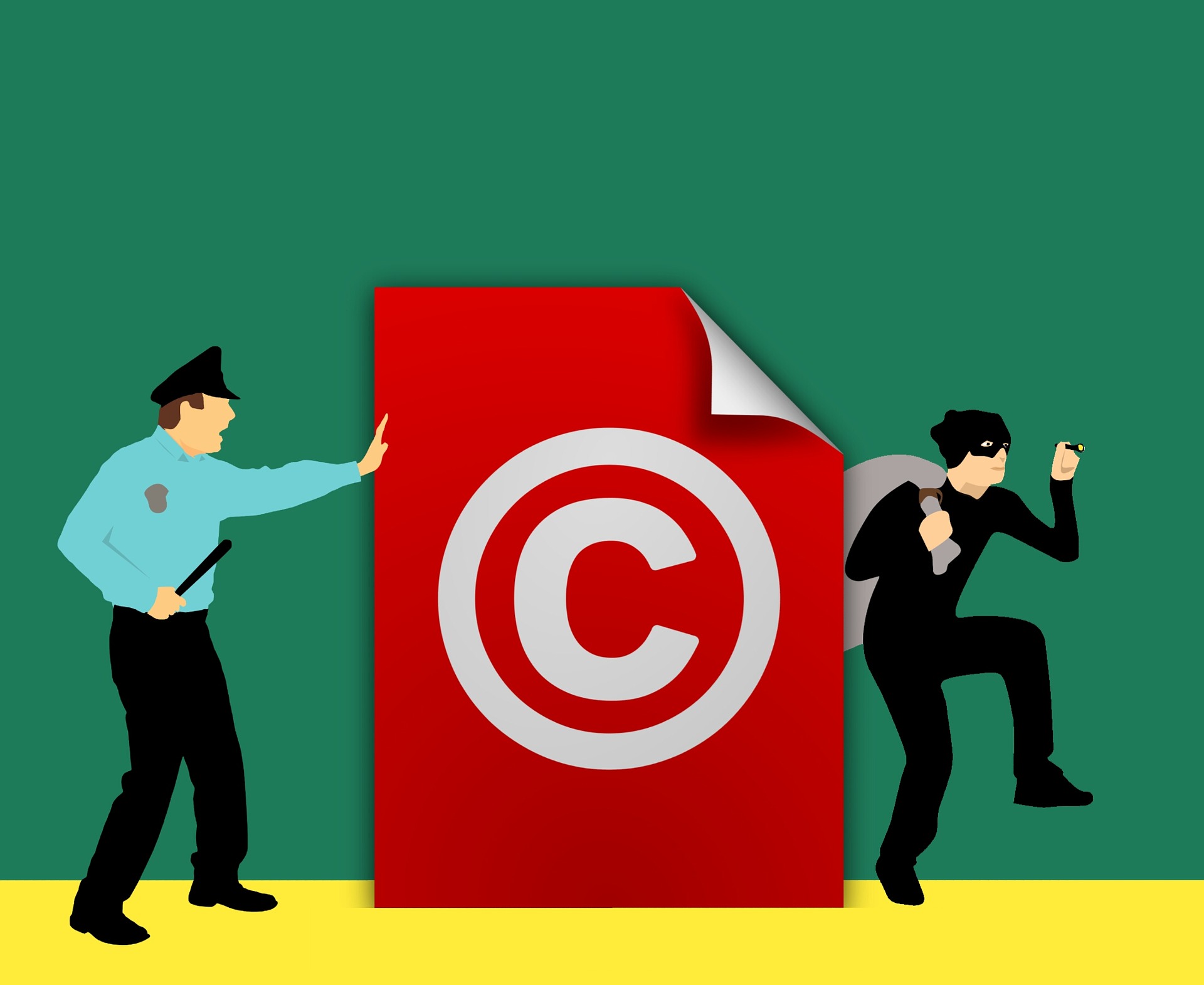
Copyright infringement is common in the online realm. Just like a patent, a website or a blog is a part of your intellectual property. Thus, you should undertake the necessary steps to protect all of your content.
You may be wondering how to copyright a blog and what blog copyright laws will apply. The following guide will give you a step by step explanation of everything you will have to go through in order to prevent intellectual property theft.
Understanding Digital Copyright
Copyright is a term that describes the legal rights of intellectual property owners. In essence, these regulations state that the person holding the intellectual property rights is the only one allowed to copy or reproduce the respective work.
Copyright is defined clearly by US law and it applies to digital products like websites and blogs. Based on the US Copyright Act, the owner of the intellectual property is the sole entity given the right to:
- Reproduce content
- Create derivative works from the original content
- Distribute copies of the work
- Display the work publicly
If other entities are interested in such rights, they are obliged to contact the intellectual property owner who may grant or refuse the permission. The exclusive copyright acts can be transferred to others, and the procedure itself will typically be described in the Copyright section of a website or a blog.
Always Have a Copyright Notice
When wondering how to copyright blog content, you should always start with a clear and customized copyright notice. The aim of the copyright notice is to explain what kinds of content use are allowed and which ones are prohibited.
Just like other legal sections of the website, the copyright notice cannot be copy-pasted from another source or based on a generic template. Your provisions should focus on the types of content available on the specific website and the uses stemming from the respective format.
Move on to the Creative Commons License
The next concept you will need to acquaint yourself with is the creative commons license.
The creative commons license aims at listing the specific uses permissible and the procedure that should be utilized for the transfer of the exclusive copyright to occur. Creative Commons provides free licenses that have pretty much become the standard in the field of blog and website copyright protection.
Apply for Copyright with the US Copyright Office
You can apply with the US Copyright Office in order to benefit from additional protections.
For this purpose, go to the website of the US Copyright Office and find the copyright registration form. There’s also an online filing process that may be simpler to go through. The filing fee will also be reduced when you go the web-based route.
You will have to provide information about yourself, the title of the website or blog, the date of publication, and the pages you wish to copyright. Blogs and websites are typically copyrighted as literary works, unless they’re more visual.
Upon the completion of the process, you will be asked to pay the registration fee. Next, you’ll have to wait. Depending on the specifics of the copyright application, you may be contacted by an official representative for additional clarification.
These are some of the things you can do to legally protect your online intellectual property. A couple of additional steps can also be beneficial. Some of the things to do include watermarking your images, setting Google alerts for content similar to yours (in order to check for plagiarism) and using CopyScape to check whether some of your most prominent content has been copied without your permission.





